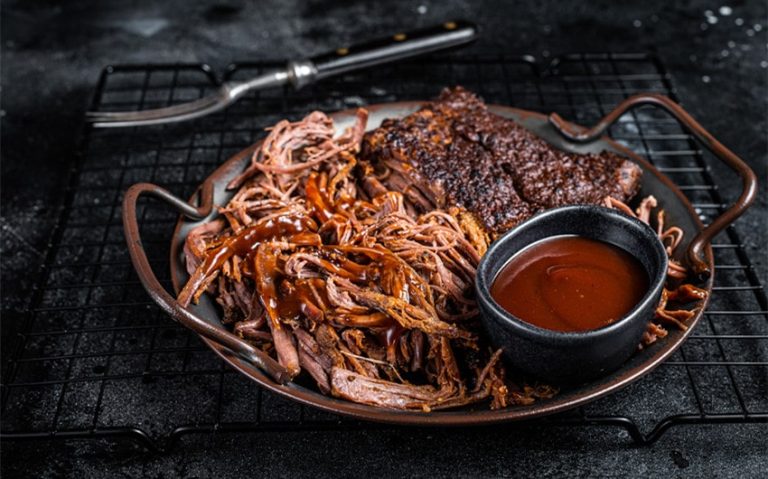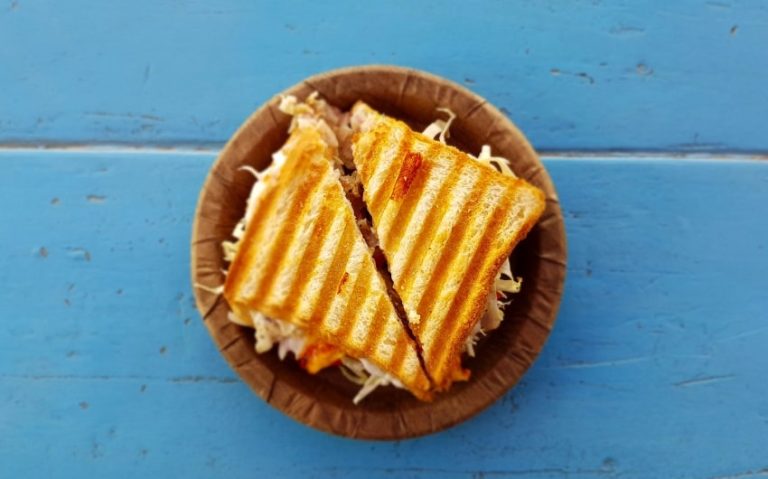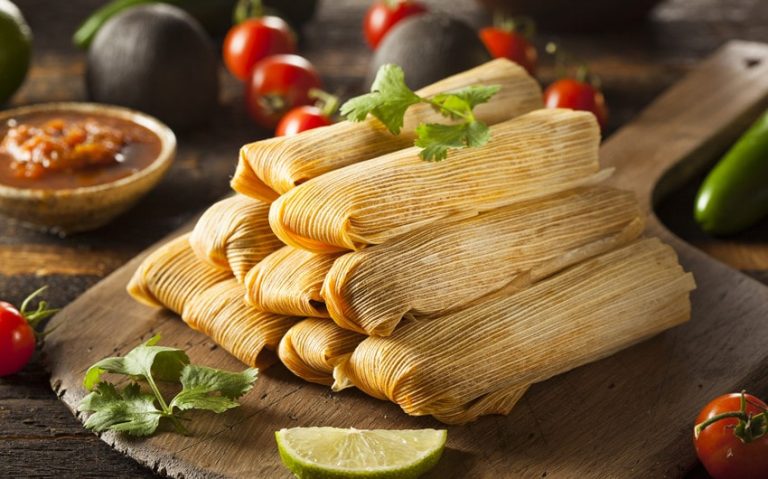Your Guide to Ideal Medium Rare Steak Temp Every Time
If you’ve ever cooked steak at home, you know that nailing the perfect medium rare temp can feel a little tricky—but it’s easier than you might think. For those who love that warm, pink center and tender texture, medium rare steak sits ideally between 55 and 57°C (130–135°F).
With just a meat thermometer and a few careful steps, you can reach that sweet spot every time. In this guide, we’ll walk through everything you need to know, from doneness levels to simple techniques, so you can confidently cook your steak to medium rare perfection, bite after juicy bite.
Ideal Temperature for Medium Rare Steak

Medium rare is often considered the sweet spot for steak lovers, balancing flavor, tenderness, and juiciness. To achieve this, the internal temperature should reach around 55–57°C (130–135°F). This temperature results in a warm, pink center that offers a juicy, flavorful bite without being overly raw or too firm.
To check the temperature accurately, insert a meat thermometer into the thickest part of the steak, avoiding any bones or fat, which can give an inaccurate reading. Remove the steak from heat as soon as it reaches the medium rare range, as carryover cooking (the slight rise in temperature as the steak rests) can bring it to the perfect level of doneness.
Resting the steak for 5–10 minutes after cooking allows the juices to redistribute and ensures the meat remains tender when you slice into it. Following these steps helps you consistently achieve the medium rare temperature every time you cook steak.
Temperature Guide for All Steak Doneness Levels
Understanding the temperature ranges for each level of doneness can help you achieve the ideal steak experience, whether you’re cooking for yourself or guests with different preferences. Here’s a quick breakdown of the temperatures for each doneness level:
- Rare (49–52°C or 120–125°F): Red, cool center with a soft, almost raw texture. Ideal for those who enjoy a tender, barely cooked steak.
- Medium Rare (55–57°C or 130–135°F): Warm, pink center with a juicy, tender bite. The most popular choice for a balanced flavor and texture.
- Medium (60–63°C or 140–145°F): Pink, warm center with slightly more firmness. Offers a less-juicy bite but retains good flavor and texture.
- Medium Well (65–68°C or 150–155°F): Slightly pink center with a more pronounced firmness and less moisture. Preferred by those who enjoy a thoroughly cooked steak.
- Well Done (71°C+ or 160°F+): No pink, with a brown center and firmer texture. Often drier and less tender, suitable for those who prefer their meat fully cooked.
Tips for Achieving Medium Rare

Achieving the perfect medium rare steak requires a bit of precision, but it’s well within reach with the right approach. Here are some essential tips to ensure your steak reaches that ideal pink center, juicy texture, and full flavor every time.
1. Use a Reliable Meat Thermometer
A meat thermometer is your best friend for cooking steaks to the right doneness. To check the temperature, insert the thermometer into the thickest part of the steak without touching any bone or fat, as this can throw off the reading.
For medium rare, look for an internal temperature of 55–57°C (130–135°F). Taking the guesswork out of the process, a thermometer gives you confidence that your steak is cooked exactly how you like it.
2. Bring Steak to Room Temperature Before Cooking
Letting your steak rest at room temperature for about 30–45 minutes before cooking helps it cook more evenly. Cold steak placed directly on high heat often results in a burnt exterior and a raw interior. By bringing it to room temperature, the steak cooks more consistently, allowing you to hit that medium rare temperature more accurately.
3. Preheat Your Pan or Grill
Whether you’re using a skillet, grill, or even a cast-iron pan, preheat it thoroughly before cooking. A hot cooking surface creates a good sear on the steak, locking in juices and enhancing flavor. A high-heat sear forms a beautiful crust on the outside without cooking the interior too quickly. Aim for 3–4 minutes per side for an average steak thickness, but adjust as needed for thicker cuts.
4. Flip Only Once
Flipping the steak only once during cooking helps maintain consistent heat across each side. Start with one side on high heat, flip when it’s well-seared, and let the other side cook evenly. This approach allows you to control the doneness better, especially when aiming for medium rare.
5. Account for Carryover Cooking
Carryover cooking happens when the steak’s internal temperature continues to rise after you take it off the heat. To avoid accidentally overcooking, remove the steak from the heat source when it reaches the lower end of the medium rare range, around 53–54°C (128–130°F). As it rests, the temperature will naturally increase by a few degrees, bringing it to the perfect medium rare range without overdoing it.
6. Let the Steak Rest
Resting the steak for 5–10 minutes after cooking is essential. This allows the juices to redistribute throughout the meat, resulting in a juicier and more tender bite. If you cut into the steak immediately, you’ll lose much of the flavorful juices. Resting also allows carryover cooking to complete, ensuring your steak reaches the perfect medium rare temperature.
7. Choose the Right Cooking Method
Different cooking methods can affect how evenly and precisely a steak cooks to medium rare. For stovetop cooking, pan-searing or using a cast iron skillet works well for creating a nice crust.
Grilling can also give great results, but it requires careful attention to avoid overcooking. Sous vide is an excellent option if you want precise temperature control, as it cooks the steak evenly before a final sear.
Cooking Methods for Medium Rare Perfection

Choosing the right cooking method is key to achieving a perfectly cooked medium rare steak. Here’s a look at several popular methods—each with its own unique benefits and tips for best results.
1. Pan-Searing
Pan-searing is a classic and straightforward method that involves cooking the steak on a stovetop, often in a cast-iron skillet. This method is perfect for creating a crispy, caramelized crust while keeping the inside tender and juicy.
Steps for Perfect Pan-Searing:
- Preheat your skillet over medium-high heat for a few minutes to ensure it’s hot.
- Add a small amount of oil with a high smoke point (like avocado or vegetable oil) to prevent sticking.
- Sear the steak for about 3–4 minutes on each side for an average thickness, adjusting time based on thickness and desired sear.
- Use a meat thermometer to check for the internal temperature, aiming for 55–57°C (130–135°F) for medium rare.
- Let the steak rest after cooking for 5–10 minutes to allow juices to redistribute.
2. Grilling
Grilling adds a delicious smoky flavor to the steak and is ideal for outdoor cooking enthusiasts. Cooking over an open flame or hot coals imparts unique flavor notes that can enhance the steak’s natural taste.
Steps for Perfect Grilling:
- Preheat the grill to medium-high heat.
- Brush the steak with a bit of oil to prevent sticking, and season with salt and pepper.
- Place the steak on the grill, cooking for 3–4 minutes per side for an average steak thickness.
- Use tongs to flip the steak only once to maintain even cooking.
- Insert a thermometer to check for medium rare temperature, then remove when it reaches 55–57°C (130–135°F).
- Allow the steak to rest for a few minutes before serving.
3. Sous Vide
Sous vide is a precision cooking method that uses water at a precise temperature to cook the steak evenly throughout. It’s nearly foolproof for achieving a consistent medium rare temperature and is often the choice of chefs for perfect doneness.
Steps for Perfect Sous Vide Cooking:
- Set the sous vide machine to 55°C (131°F) for medium rare.
- Place the steak in a vacuum-sealed or airtight bag, seasoning as desired.
- Submerge the steak in the water bath and cook for 1–2 hours, depending on thickness.
- After sous vide cooking, remove the steak and pat it dry.
- Sear the steak on a hot skillet for about 1 minute per side to develop a crust without overcooking the interior.
4. Reverse Searing
Reverse searing is a technique that combines low-and-slow cooking with a final high-heat sear. This method is excellent for thick cuts of steak, as it ensures even cooking and a perfect crust without overcooking the center.
Steps for Perfect Reverse Searing:
- Preheat your oven to around 135°C (275°F).
- Place the seasoned steak on a wire rack over a baking sheet and cook in the oven until the internal temperature reaches 50°C (122°F).
- Heat a skillet over high heat with a bit of oil, then sear the steak for 1–2 minutes per side until it reaches 55–57°C (130–135°F).
- Let the steak rest briefly before serving.
5. Broiling
Broiling involves cooking the steak directly under high heat in the oven. It’s a quick method, but it requires careful attention to avoid overcooking.
Steps for Perfect Broiling:
- Preheat your oven’s broiler and position the rack so the steak is close to the heat source.
- Season the steak and place it on a broiler pan.
- Broil the steak for about 3–5 minutes per side, depending on thickness.
- Use a thermometer to monitor the temperature, pulling the steak from the oven at 55–57°C (130–135°F) for medium rare.
- Allow the steak to rest for a few minutes before slicing.
Choosing the Best Method for You
Each of these cooking methods can achieve a perfect medium rare steak when done right. If you enjoy the process of grilling or broiling, go for the outdoor flavor and char that comes with these methods.
If you prefer precise control, sous vide and reverse searing offer foolproof results for achieving the ideal medium rare temperature. Whatever method you choose, remember that a reliable meat thermometer and resting your steak after cooking are essential steps for medium rare perfection.







